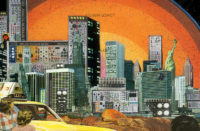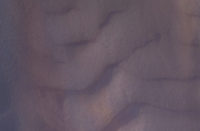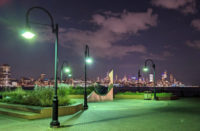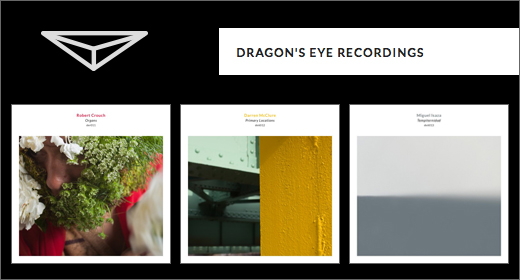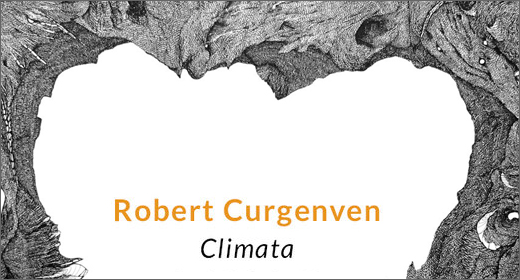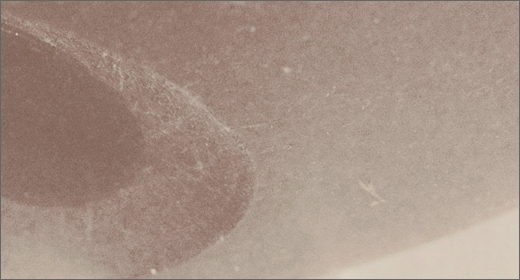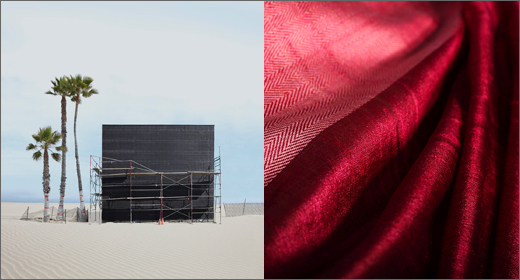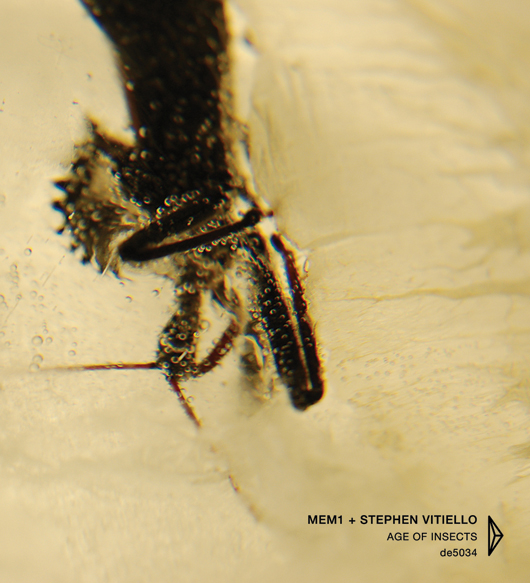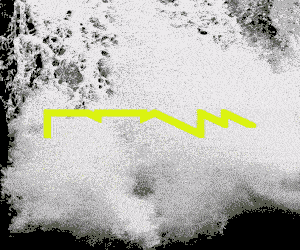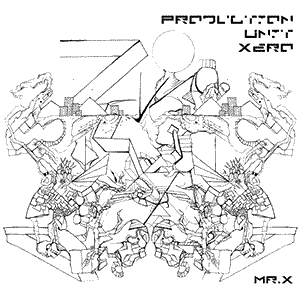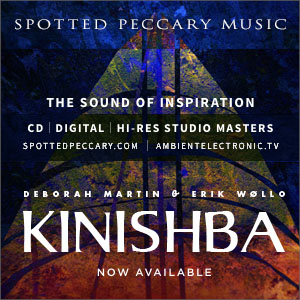2015 sees the 10th year of operations of bespoke LA-based sound art and drone label, Dragon’s Eye. A trio of birthday treats from Robert Crouch, Darren McClure and Miguel Isaza follows. First words from a sponsor…
‘find potential movements of deterritorialization, possible lines of flight, experience them, produce flow conjunctions here and there, try out continuums of intensities segment by segment, have a small plot of new land at all times.’ (Deleuze & Guattari, Mille Plateaux)
The work of Deleuze & Guattari is famously impenetrable ‘approach with caution’ stuff. We may, if we must, give Robert Crouch his head with French philo-anarchist discourse—he is, after all, Director of Artist Programs at Pasadena Arts Council and Curator for the AxS Festival. Hitched to D&G’s academic trash talk and duly tricked out conceptually it may be, but Organs is more accessible than you’d think. His various Arts and Media moves have aligned Crouch with types like Basinski, Chartier, Novak, and Roden (Hecker and Nicolai too), though he finds a foil here from a different sphere in choreographer-artist Julie Tolentino. Putting concept on hold, musical product is three long-form electronic-organic tracts exploring interactions between the body and musicized sound drawn from performance recordings. “Somniloquy (an egg): A Choreography of Emancipation” is based on ‘broken’ organ bits from a rehearsal (for Process(ion)X). A slew of drones, voices and indeterminate environmental sounds intermingle, at once discrete from and melting into each other as the matter moves seemingly from indoors to outdoors, then back inside. “The eyes of fire, the nostrils of air, the mouth of water, the beard of earth,” an extract from Drive Your Cart And Plow Over The Bones Of The Dead, is a tidal wave of elemental thrum with individual slivers of ambient timbre and buried melody bobbing to the roiling drone’s surface. “The Propaganda of History” compresses treated crowd noise with 4th July firework putter into a dense pulsating churn. How’s Organs? Vital!
Darren McClure‘s Primary Locations springs from investigation of the relationship between sound and light, specifically conversion of color centre wavelengths along the visible light spectrum into audio frequencies. The visible spectrum of light runs from c. 7000A (deep red) to about 4000A (deep violet) (A=Angstrom, a measure of light). Human perceptible audio is between c. 20 Hz to 20,000 Hz, so these two scales can be converted. Here the light range from red to orange has been converted to an audio range 397-431 Hz, yellow to lemon to 464-497 Hz, and blue to violet to 598-665 Hz. These primary colors provided three sets of audio frequency ranges that would become the first components for new music creation. Three locations, each containing one of these primary colors, were ID-ed—“red” being the main bridge at Matsumoto Castle, “yellow” a metal overpass supporting train lines, and “blue” a tarp-covered shed among farmland and rice fields. Various recordings of natural ambience and tones made at each place formed the basis of each track, with sine waves of a frequency correlated to the appropriate color/Hz range, along with other sound layers. Within each piece a sonic snapshot of the site, its ambience and the sound of its colors unfolds. Enfolding.
‘Reality is not exhausted in temporality. It is not temporal now, and then eternal later, but rather tempiternal, all in one in which everyday things and environments manifest eternity.’ (Raimon Panikkar). Philosopher-spiritualist Panikkar merges temporality and eternity to come up with tempiternity, a coinage reflecting a hybrid notion of time and state of being. It provides inspiration for Colombian sonician Miguel Isaza, curator of Éter Editions, whose Tempiternidad targets the tempiternal aspect of listening presented in sonic inter-linkages both in periodicity and the articulation of temporal events via sounding environment. Armed with laptop and recorder Isaza ranged through the mountains of his homeland, capturing field recordings of various locales, found objects and adding instruments (flute, harmonica) to fuel his vision. The result is an architecture of sounds from fleeting micro-forms to manifestly larger networks, implicating both linkage with and rupture of time as compositional and auditory mode. Deep listening.
Organs, Primary Locations, and Tempiternidad are available on Dragon’s Eye (der011 | de6012 | de6013)






